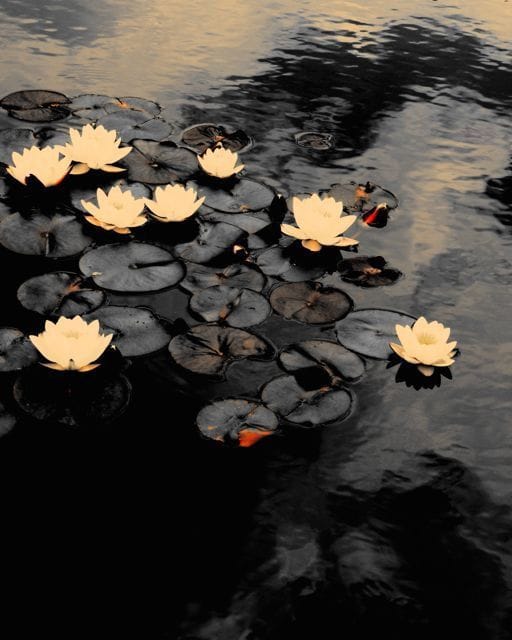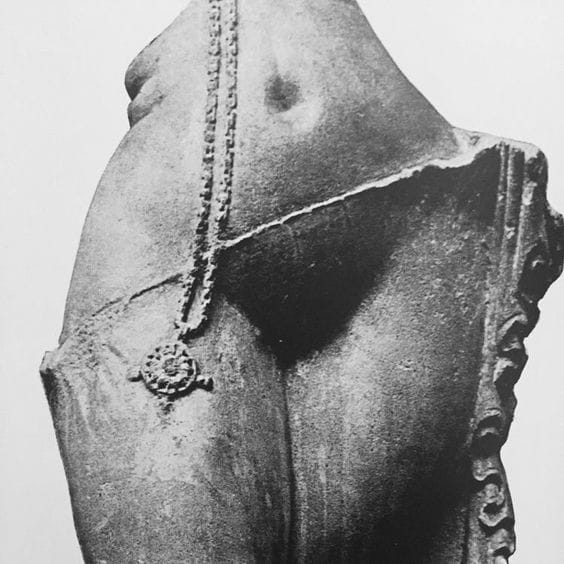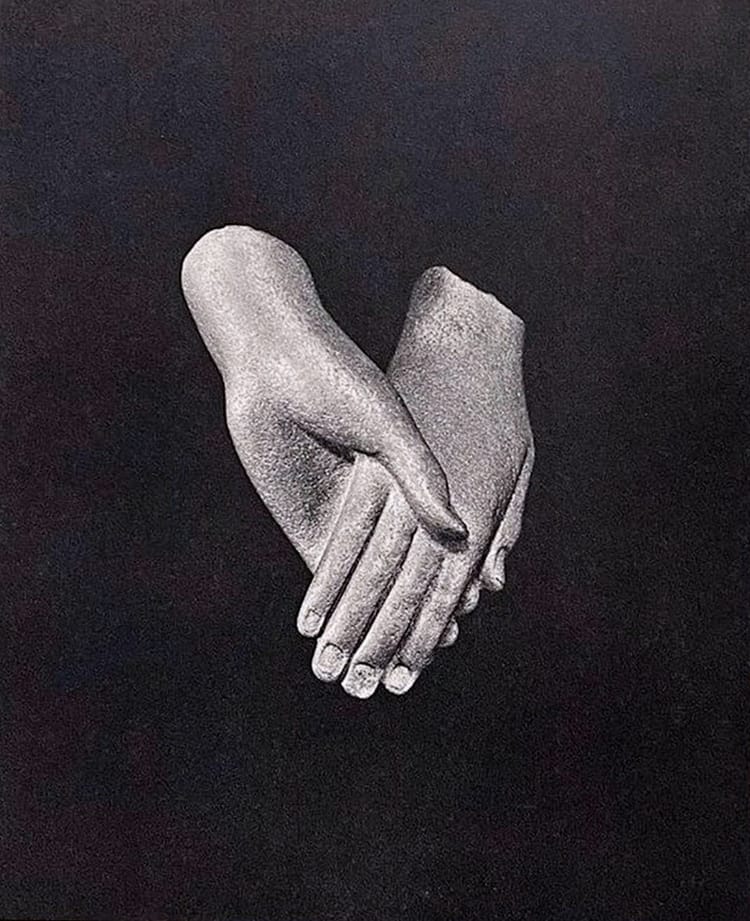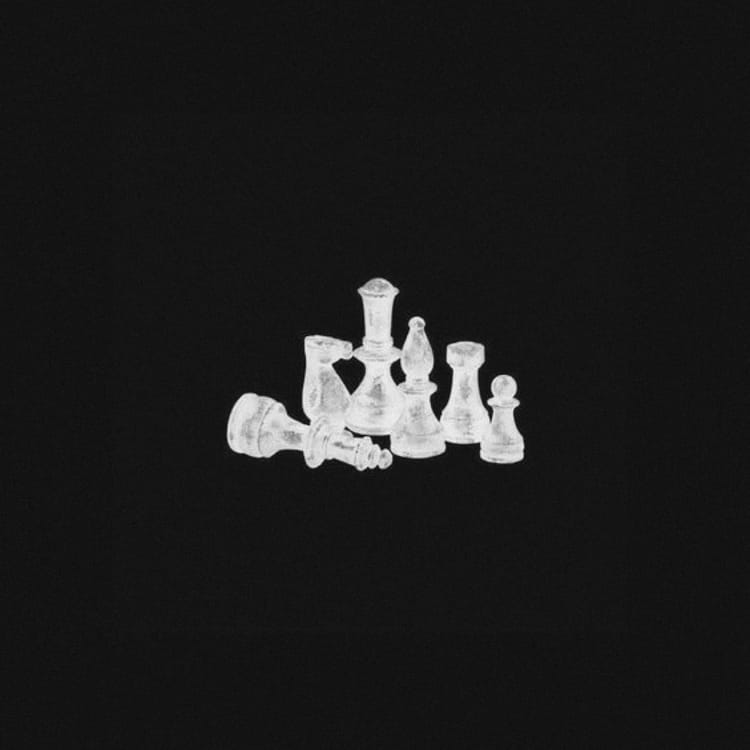The Gem in the Lotus

We can’t avoid our suffering forever.
As desperately as we try to protect ourselves against suffering, we inevitably exhaust ourselves with an inherently problematic pursuit, the axiom of all religions:
Life is suffering.
There appears to be a direct correlation between our attempts to avoid suffering and the increase in eventual suffering we experience; the harder we attempt to fortify our experience from unwanted intrusions, the more we run headlong into them.
And what’s worse, the further we run from our suffering, the less we learn from our experiences.
Because to know true tenderness, joy, compassion, and peace, we must venture to the depths of our sorrow, face our shadows, and return with the knowledge we've encountered there.
It's an enduring archetypical motive: the relationship between suffering and enlightenment, chaos and harmony—light following darkness and growth predicated by disintegration.
It's the eternal secret woven into the fabric of our great, enduring religious traditions—an organizing and re-organizing principle characterizing reality: death and destruction preceding rebirth.
Because life appears to be a series of expansions and contractions, cycles of evolution, from the fractal to the macro.
This appears to be true on the gross material and psychic planes of our individual and perhaps collective planetary or human consciousness.
When chaos tears through our lives, it is fundamentally a reorganizing element—a restructuring principle that, through the destruction of old energies, new forms are birthed.
But we spend so long fixating on the destruction and carnage that we cannot sit in the uncertainty. That soupy, fearful, embryonic stage that precedes deep transformation.
However, our collective human psyche acknowledges a profoundly moving connection to rebirth and resurrection after uncertainty.
If we reflect on our most enduring global mythologies, no matter how cloaked in metaphor or garnished in sociocultural pomp, each narrative tries to convey this great mystery of reconciliation, reformation, revelation, and resurrection after destruction and despair.
It's Jonah emerging from the belly of the whale, Gilgamesh in the forest, the Pandava's seven-year exile, Moses leading his people through the desert for forty years, Buddha at the Banyan tree, Jesus's three days in the cave, Mohammad banished from Mecca.
And, even on a more mundane plane, we acknowledge that to move through life stages, we must experience and transcend periods of chaos, confusion, and suffering.
We leave the safety of the womb for the world and shed certain dependencies on our caregivers as we become a child, then a teenager, and then that long sojourn as an adult.
Finally, we suffer as we shed everything that has come before and recede into old age and death.
All organic systems, too, require the same process of death and regeneration to sustain life. The seed cannot become a tree unless it is reorganized in the darkness of the soil, in the deep uncertainty of chaos, before it is reborn in its higher form.
Therefore, only a person who has permitted themselves to touch the edges of their suffering unprotected can continue to transcend the past and live deeply.
So, pain cannot be avoided in life; only transmuted.
But, if we follow the modern cultural paradigm, that endless pursuit of "happiness" and instant gratifications, we can spend our lives shrinking from potential suffering and believe we've succeeded in a happy, fulfilling, peaceful life.
However, in doing so, we've stagnated growth, limited our potential, and removed ourselves from the wisdom of life’s great teacher.
We can adorn shaky ideals and hedonistic pursuits and avoid suffering, yet, eventually, we all find that these self-gratifying pursuits arrive at the expense of a dependency on desire, an inherent suffering itself—the honey on the knife edge, as expressed by the ancient Hindu metaphor.
This is predicated on a deep ignorance of the fact that we are experiencing half the deal here.
That the most moving experiences in life have the potential to cause suffering, and the eternal, sublime truth espoused by all religions, philosophies, and mythologies that life and death, chaos and harmony, light and dark, are the natural polarities of the one eternal rhythm.
It is perhaps the most profound and enduring of all the spiritual observations, as the Buddhists so eloquently espouse:
Oṃ Maṇi Padme Hūṃ // The gem is in the lotus.
A refusal of suffering is a refusal of life.





